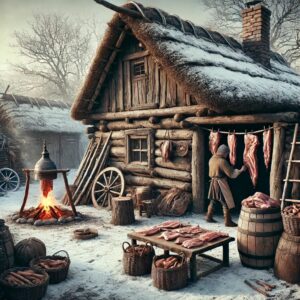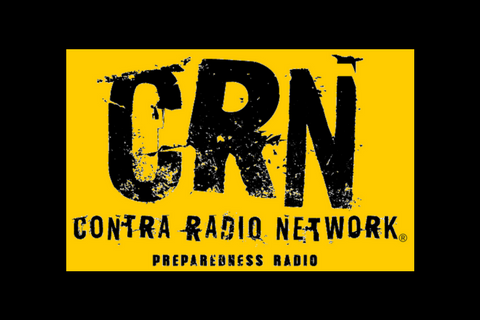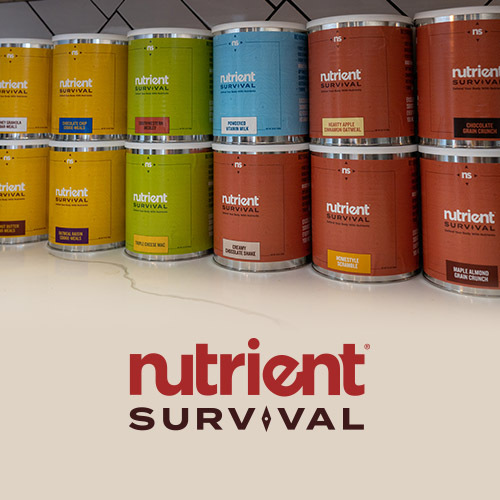The Life and Survival of Medieval Peasants | Episode 350
Podcast: Play in new window | Download
Subscribe: RSS

The Life and Survival of Medieval Peasants | Episode 350
Medieval peasants lived a life dictated by the seasons, working the land to provide for their families and fulfill obligations to their lords. Their homes were small, built from wood, wattle, and daub, with thatched roofs. Days were spent plowing, harvesting, tending animals, and performing household chores. While hard and unforgiving, their lifestyle was deeply connected to the land and community.
Food Preservation for Winter
Surviving winter meant meticulous planning and preparation during the warmer months. Without modern refrigeration, peasants relied on traditional preservation methods:
- Salting – Meat and fish were packed in salt to prevent spoilage.
- Drying – Fruits, vegetables, and meat were dried for long-term storage.
- Fermenting – Sauerkraut and other fermented foods provided essential nutrients.
- Root Cellars – Underground storage kept root vegetables fresh through winter.
Slaughtering Livestock in Winter
As winter approached, livestock that couldn’t be sustained through the cold months were slaughtered. Cold weather helped preserve the meat, which was then smoked, dried, or salted. Every part of the animal was used, from rendering fat for candles to using bones for broth.
Foraging & Gathering
Wild foods supplemented the diet, including nuts, berries, mushrooms, and herbs like garlic and rosemary. Honey, collected from beehives, served as a sweetener and was used to make mead.
The Peasant Diet: Bread, Porridge, and Ale
- Bread – The staple of the medieval diet, made from coarse-ground rye or barley.
- Pottage – A thick stew made with grains, vegetables, and occasionally meat.
- Ale and Small Beer – A fermented, low-alcohol beverage safer than water.
Feast vs. Famine: The Harsh Reality
A poor harvest could lead to famine. Heavy taxation and food tributes left many peasants struggling. Religious fasting also influenced diet restrictions throughout the year.
Lessons for Modern Preppers
Medieval peasants mastered survival through food preservation, resourcefulness, and seasonal adaptation. Today, preppers can apply these lessons by:
- Learning fermentation, drying, and salting techniques.
- Growing staple crops and foraging for wild edibles.
- Utilizing every resource to minimize waste.
- Timing food production and storage with seasonal changes.
Understanding how medieval peasants survived provides valuable insights into self-sufficiency and preparedness in uncertain times.
Links
The Medieval Cookbook: Revised Edition
Think this post was worth 20 cents? Consider joiningThe Survivalpunk Army and get access to exclusivecontent and discounts! |
Don’t forget to join in on the road to 1k! Help James Survivalpunk Beat Couch Potato Mike to 1k subscribers on Youtube
Want To help make sure there is a podcast Each and every week? Join us on Patreon
Subscribe to the Survival Punk Survival Podcast. The most electrifying podcast on survival entertainment.
Like this post? Consider signing up for my email list here > Subscribe
Join Our Exciting Facebook Group and get involved Survival Punk Punk’s










Follow Us!